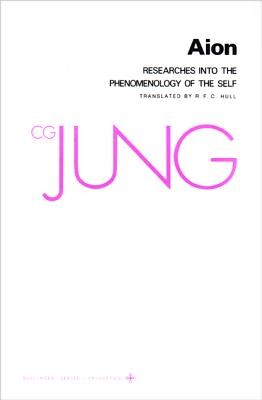
- Išsiųsime per 10–14 d.d.
- Autorius: C G Jung
- Leidėjas: Princeton University Press
- Metai: 1979
- ISBN-10: 069101826X
- ISBN-13: 9780691018263
- Formatas: 15 x 22.9 x 2.3 cm, minkšti viršeliai
- Kalba: Anglų
- Extra -15 % nuolaida šiai knygai su kodu: ENG15
Atsiliepimai
Aprašymas
Aion, originally published in German in 1951, is one of the major works of Jung's later years. The central theme of the volume is the symbolic representation of the psychic totality through the concept of the Self, whose traditional historical equivalent is the figure of Christ. Jung demonstrates his thesis by an investigation of the Allegoria Christi, especially the fish symbol, but also of Gnostic and alchemical symbolism, which he treats as phenomena of cultural assimilation. The first four chapters, on the ego, the shadow, and the anima and animus, provide a valuable summation of these key concepts in Jung's system of psychology.
EXTRA 15 % nuolaida su kodu: ENG15
Akcija baigiasi už 4d.01:14:45
Nuolaidos kodas galioja perkant nuo 10 €. Nuolaidos nesumuojamos.

- Autorius: C G Jung
- Leidėjas: Princeton University Press
- Metai: 1979
- ISBN-10: 069101826X
- ISBN-13: 9780691018263
- Formatas: 15 x 22.9 x 2.3 cm, minkšti viršeliai
- Kalba: Anglų
Aion, originally published in German in 1951, is one of the major works of Jung's later years. The central theme of the volume is the symbolic representation of the psychic totality through the concept of the Self, whose traditional historical equivalent is the figure of Christ. Jung demonstrates his thesis by an investigation of the Allegoria Christi, especially the fish symbol, but also of Gnostic and alchemical symbolism, which he treats as phenomena of cultural assimilation. The first four chapters, on the ego, the shadow, and the anima and animus, provide a valuable summation of these key concepts in Jung's system of psychology.




Atsiliepimai